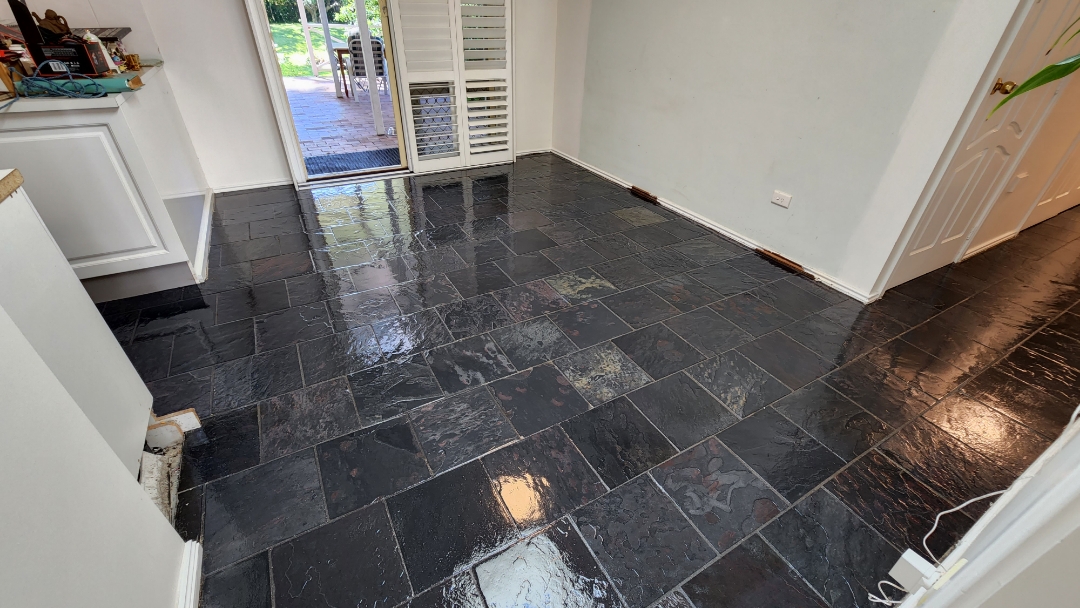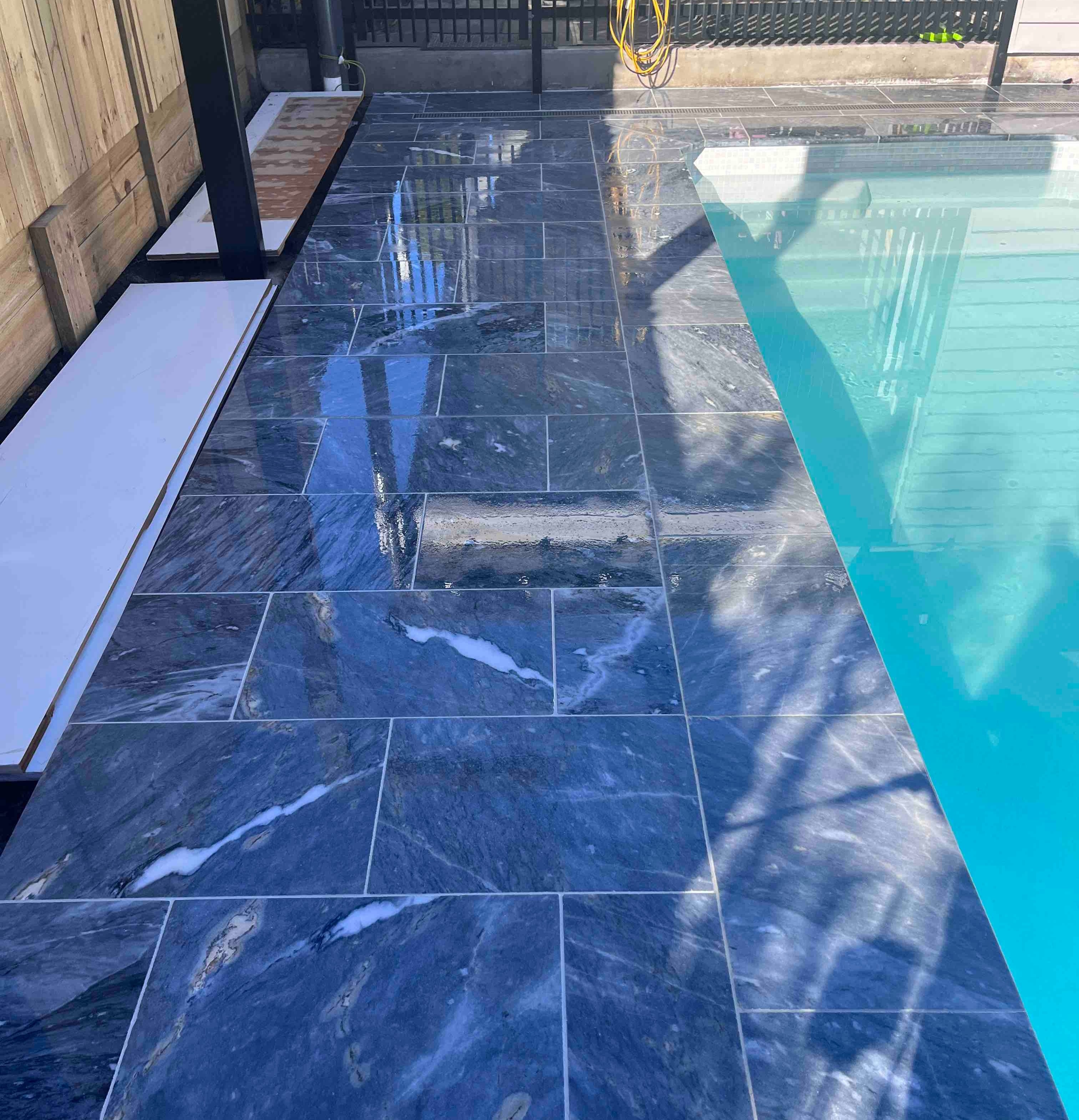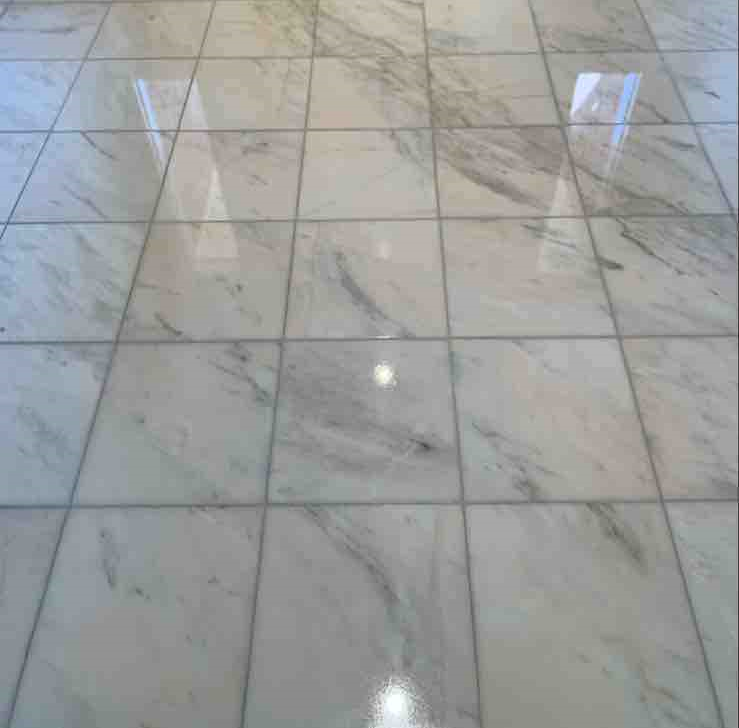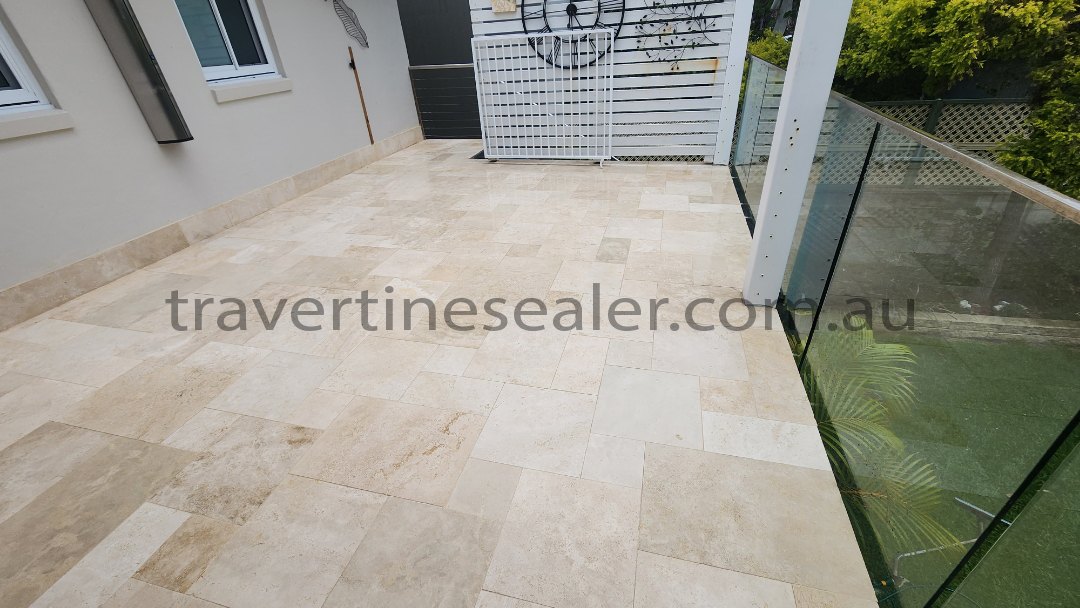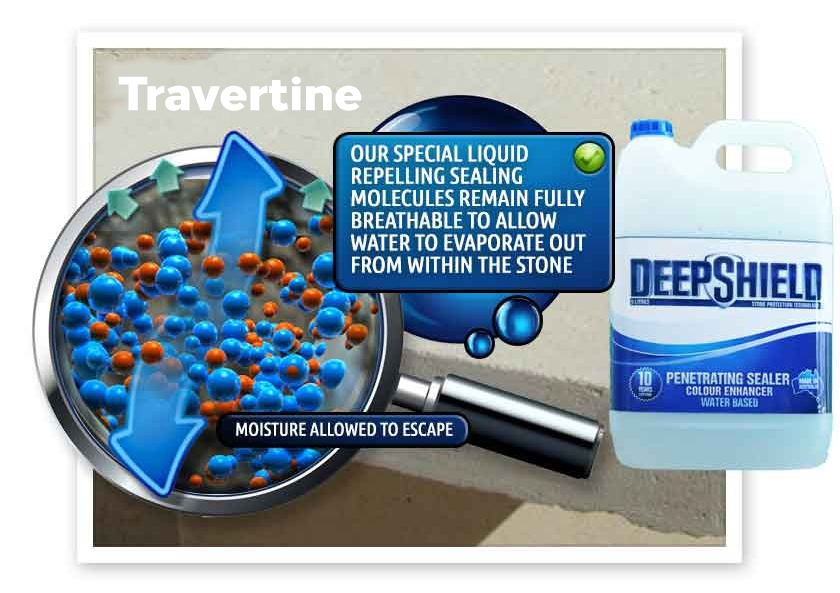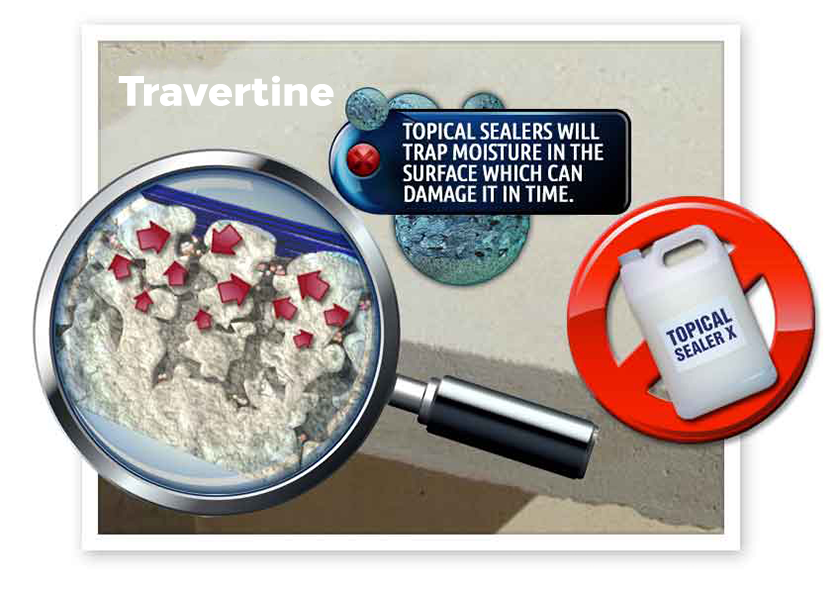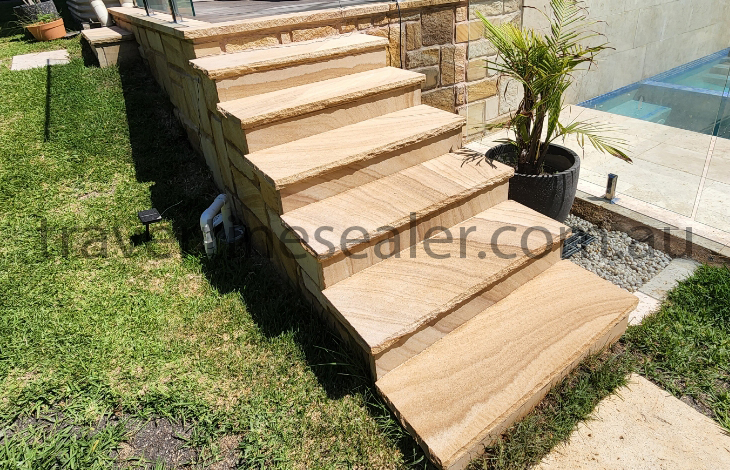Efflorescence manifests as a crystalline salt deposit, presenting as a white plaque with a powdery texture on porous travertine and masonry surfaces. It stands as the most prevalent salt-related concern.
Water laden with dissolved salts permeates the stone from all angles, absorbing into its pores and gradually making its way to the surface. Upon evaporation, the salts are left behind, forming fresh efflorescence. Initially, this residue can often be brushed away with a dry brush. However, as time passes, the salts react with the air, solidifying and becoming increasingly stubborn to remove. In such cases, resorting to acid washing or grinding may be necessary for effective removal.
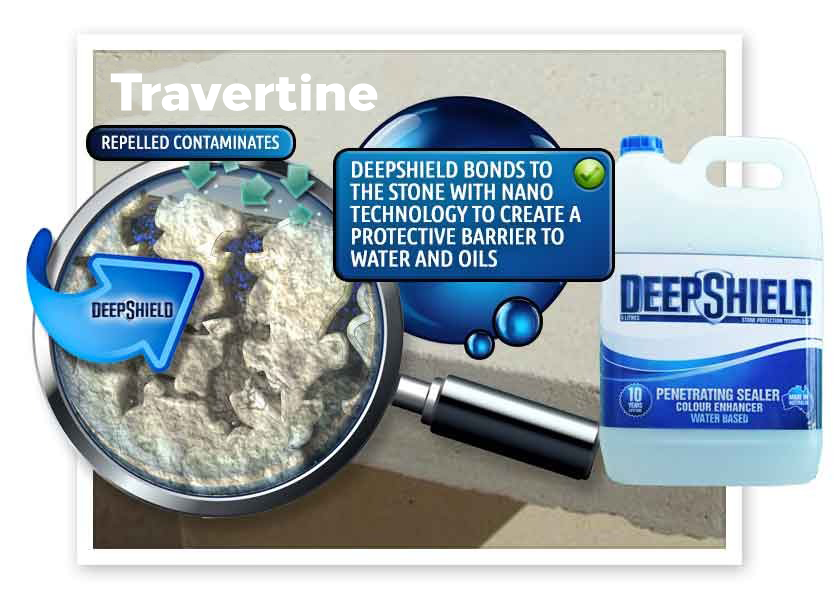
Several factors can contribute to efflorescence, such as:
- Moist conditions
- Condensation
- Rain or dew
- Groundwater
- Low temperatures




